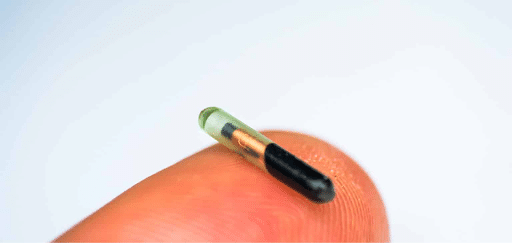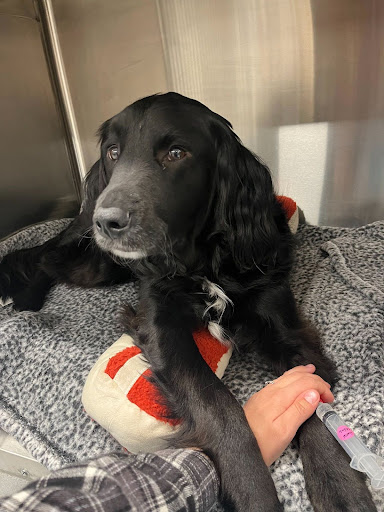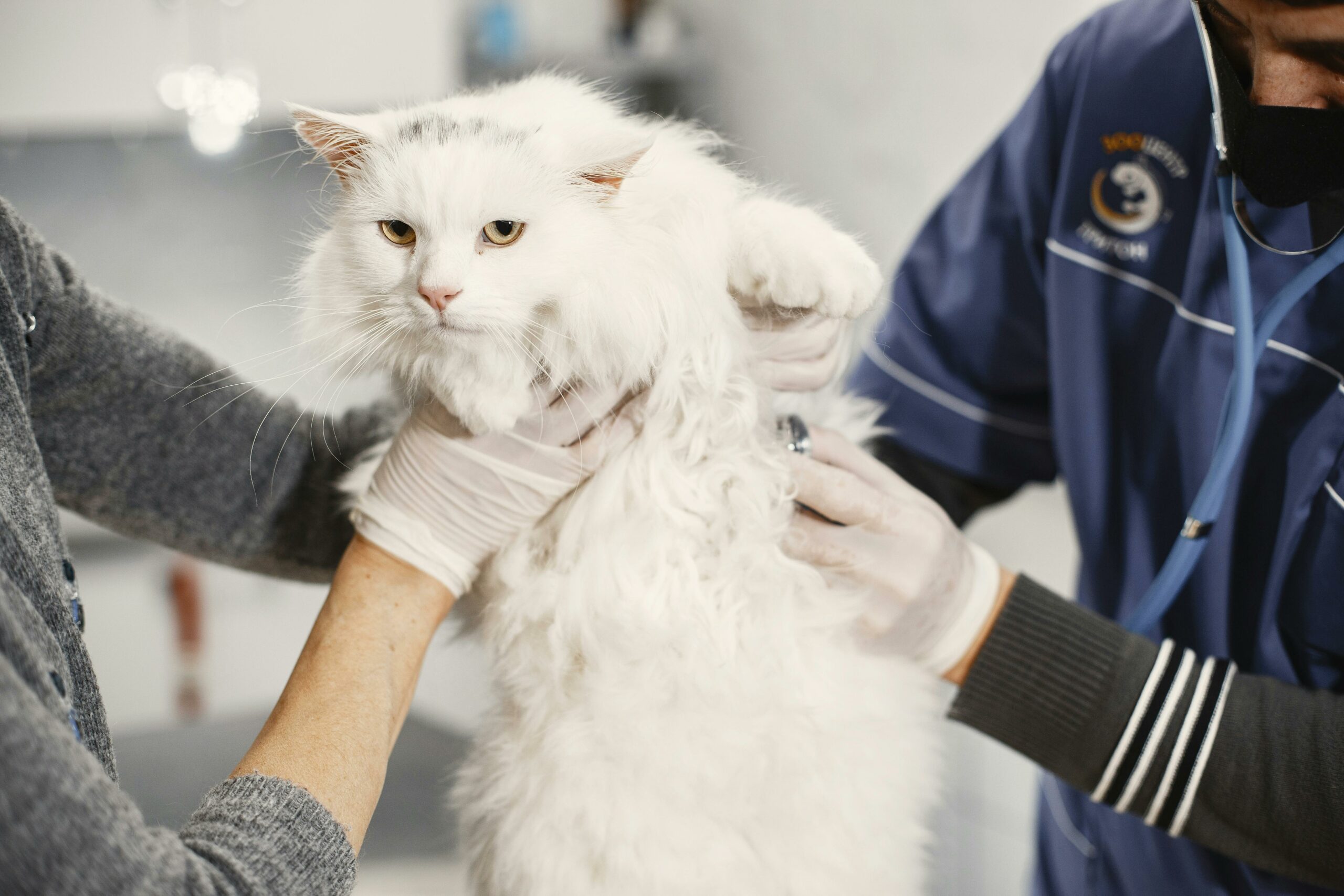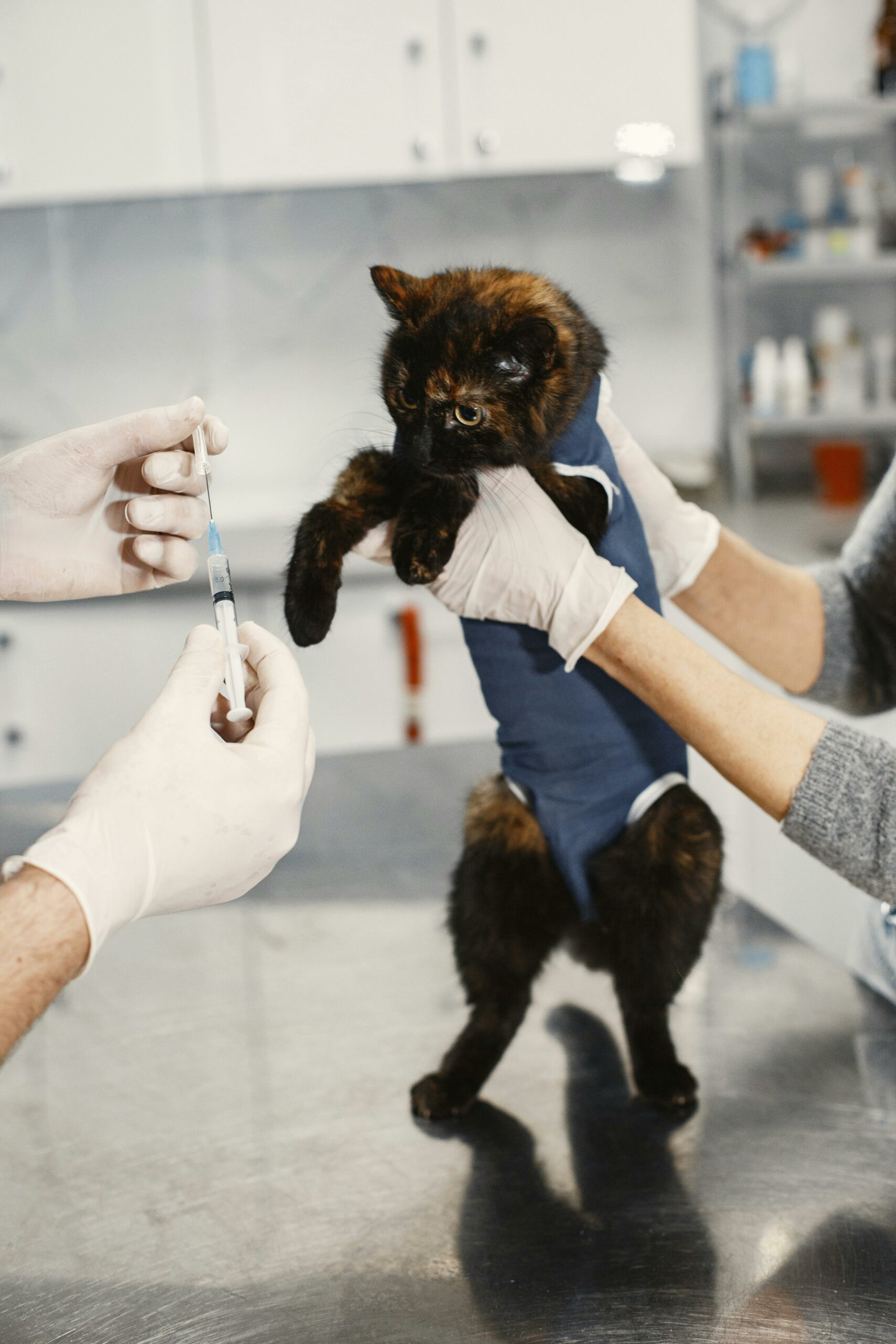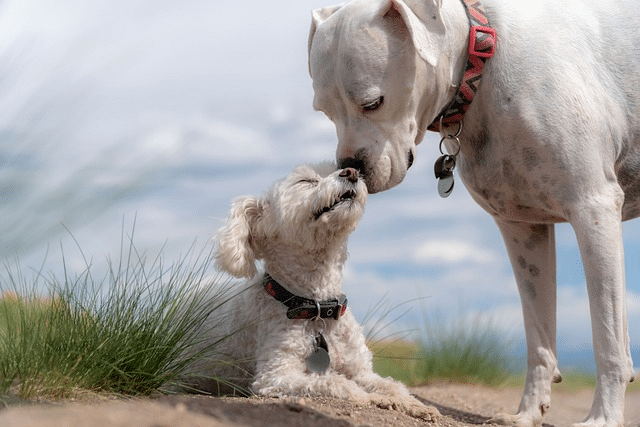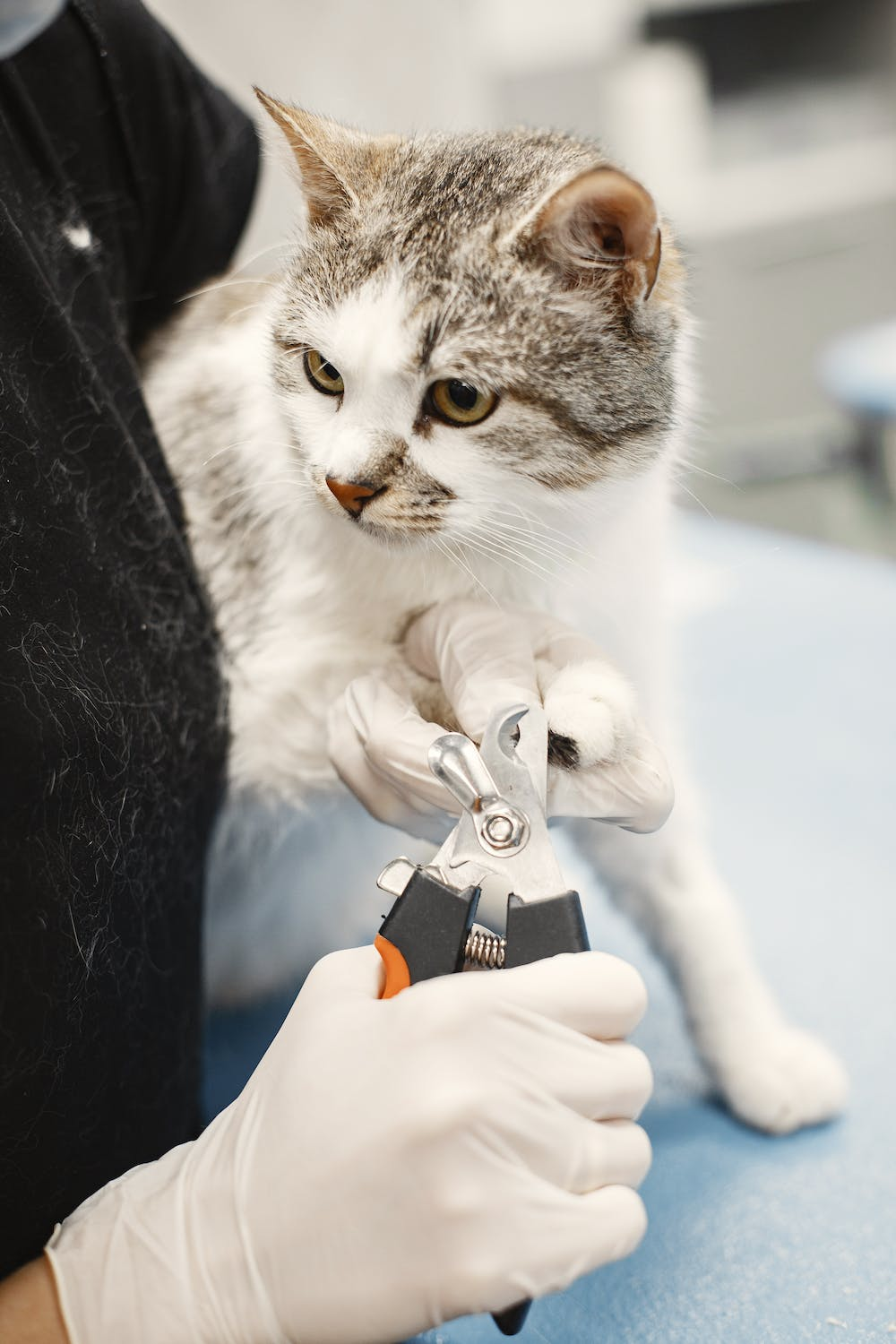Recognizing the Signs Your Dog Is Ready for Euthanasia: A Compassionate Guide for Pet Parents
Deciding when it’s time to say goodbye to our furry family members is one of the most heart-wrenching choices any pet parent faces. As much as we want our dogs to live forever, there comes a point when their suffering may outweigh their quality of life. Recognizing the signs that your beloved companion may be ready for euthanasia requires careful observation, compassionate assessment, and partnership with your veterinary team.
Like many pet parents in the Otsego and Elk River communities, you might find yourself struggling with this decision, questioning whether you’re making the right choice for your four-legged family member. This article aims to help you navigate that difficult journey by identifying key indicators of decline and providing compassionate guidance on how to approach this sensitive topic with clarity and confidence.
After all, love sometimes means making the most difficult choices for those who depend on us most.
Quick Reference:Recognizing that your dog may be ready for euthanasia involves observing changes in their behavior and physical condition, such as
- Persistent pain despite treatment
- Difficulty with basic functions like walking or eating
- Withdrawal from family activities
- Overall decline in joy and engagement with life
It’s crucial to partner with an experienced veterinarian who can provide professional guidance and emotional support during this decision-making process.
Understanding the Compassionate Purpose of Euthanasia
At its core, euthanasia serves as a final act of love—a compassionate choice to prevent further suffering for our beloved animals. We often focus on the sadness of saying goodbye, but it’s essential to remember that euthanasia is fundamentally rooted in our desire to preserve dignity and prevent pain for our furry family members.
The choice to end a pet’s life is never made lightly. It typically comes after careful observation and thoughtful consideration, often involving multiple conversations with your veterinary team. This process allows us to assess not just physical symptoms but also overall quality of life—something that requires both clinical expertise and deep understanding of your individual pet.
As pet parents, we may find ourselves asking critical questions: Is my dog still enjoying their daily routines? Are they experiencing more struggle than joy? When we notice diminishing happiness or increasing discomfort despite our best care efforts, it signals that we need to consider all available options, including compassionate euthanasia.
At Sirius Veterinary Care, Dr. Powell and our team understand that making this decision isn’t simply about managing physical pain—it’s about recognizing when those cherished moments of joy are overshadowed by constant struggle. We’ve supported many families through this process, providing both clinical expertise and emotional understanding during these difficult times.
Recognizing Signs of Decline in Your Dog
Loss of Appetite and Weight Changes
One of the most concerning observations we can make as pet parents is when our dogs lose interest in food—especially meals they once eagerly anticipated. When we notice them turning away from favorite treats or simply refusing to eat, this can signal significant underlying issues.
Key warning signs include:
- Refusing favorite foods or treats for more than 24-48 hours
- Eating significantly smaller portions than usual
- Noticeable weight loss over weeks or months
- Difficulty chewing or swallowing food
- Complete disinterest in mealtime
A reduction in appetite, often accompanied by noticeable weight loss, indicates that something serious may be affecting your dog’s well-being. Research shows that 70% of dogs approaching end-of-life experience significant weight loss due to decreased appetite and metabolic changes.
Just like people, dogs can lose interest in food due to pain, nausea, or systemic illness. If your dog suddenly stops eating or only picks at their food for more than a day or two, it’s essential to consult with our veterinary team promptly. Tracking your dog’s weight and eating patterns can provide valuable insights into their overall health status.
Mobility and Movement Challenges
Have you noticed your dog struggling to get up from their favorite sleeping spot? Perhaps they hesitate before climbing stairs or seem reluctant to engage in walks they once loved. These mobility issues often signal underlying joint problems, muscle weakness, or pain that significantly impacts quality of life.
Watch for these mobility changes:
- Difficulty standing up after lying down
- Hesitation before jumping onto furniture or into cars
- Slower walking pace or reluctance to walk distances
- Limping or favoring one leg consistently
- Stiffness after periods of rest
- Avoiding stairs or other elevation changes
Our dogs naturally live active, curious lives, so when they start having difficulty with basic movements—whether it’s standing up, walking steady distances, or navigating familiar spaces—it suggests that physical limitations may be affecting their daily comfort and happiness.
Pay attention to subtle changes in how they move. Keeping notes about these changes over time can help you and your veterinary team make informed decisions about pain management and quality of life assessments.
Physical Symptoms That Require Attention
Chronic Pain Despite Treatment
Physical signs often indicate distress that may not be adequately managed through current treatments. If you notice your dog displaying signs of discomfort, these signals suggest they may be experiencing persistent pain that affects their quality of life.
Signs of chronic pain include:
- Whimpering or vocalizing during movement
- Excessive panting without physical exertion
- Reluctance to engage in previously enjoyed activities
- Restlessness or inability to get comfortable
- Changes in sleeping patterns or positions
- Increased irritability when touched or handled
Chronic pain can stem from conditions such as advanced arthritis, hip dysplasia, cancer, or other age-related ailments. When pain management strategies are no longer providing adequate relief, it may be time to reassess your dog’s overall comfort and quality of life.
Changes in sleeping patterns—such as restlessness, difficulty finding comfortable positions, or frequent waking—often accompany chronic pain and can significantly impact your dog’s daily well-being.
Loss of Basic Body Functions
Incontinence (loss of bladder or bowel control) often points toward serious internal health issues beyond normal aging. This isn’t simply an inconvenience; it can indicate kidney dysfunction, neurological disorders, or other systemic problems affecting your dog’s ability to maintain basic bodily functions.
Watch for frequent accidents indoors despite house training, inability to control urination during sleep, or straining to urinate or defecate without success. Changes in urine color, odor, or frequency may also signal underlying problems, as can your dog seeming surprised or distressed by accidents they previously would have been able to control.
When accidents become frequent or your dog seems distressed by their inability to control elimination, this represents a significant quality of life concern that warrants immediate veterinary consultation.
Poor Healing and Immune Function
Wounds that fail to heal within reasonable timeframes or frequent infections may indicate a compromised immune system or underlying health conditions that prevent normal recovery processes.
Behavioral and Emotional Changes
Withdrawal from Family Life
Dogs are naturally social creatures who thrive on interaction with their human families. When a previously social dog begins avoiding family activities, hiding in secluded areas, or showing disinterest in attention and affection, this behavioral shift often indicates discomfort or distress.
Warning signs of social withdrawal:
- Hiding in closets, under beds, or in other secluded areas
- Avoiding eye contact or physical interaction
- No longer greeting family members at the door
- Sleeping away from family instead of nearby
- Lack of interest in petting or attention
- Avoiding family gatherings or activities
A dog who once greeted family members enthusiastically but now barely acknowledges arrivals, or who used to enjoy being petted but now moves away from touch, may be experiencing pain or emotional distress that affects their desire for social connection.
Changes in Temperament
Increased irritability, confusion, or anxiety in previously calm dogs can signal both physical discomfort and cognitive changes. If your gentle dog begins showing uncharacteristic aggression during handling or petting, or if they seem confused about familiar routines and environments, these changes warrant careful evaluation.
Look for uncharacteristic responses during normal interactions, confusion about familiar people or places, or persistent pacing and repetitive movements. Excessive panting without physical cause, increased anxiety or restlessness, and changes in sleep-wake cycles can all indicate neurological changes or cognitive decline that impacts their mental comfort.
These behavioral shifts may indicate anxiety, pain, or neurological changes that significantly impact their mental comfort and overall well-being.
Assessing Quality of Life: A Systematic Approach
One effective method for evaluating your dog’s well-being involves using established quality of life assessment tools. The HHHHHMM Scale evaluates seven key areas:
- Hurt (pain levels and comfort)
- Hunger (appetite and nutrition status)
- Hydration (adequate fluid intake)
- Hygiene (ability to stay clean and groomed)
- Happiness (enjoyment and engagement with life)
- Mobility (movement and physical function)
- More good days than bad days (overall life satisfaction)
For each category, you can assign scores from 0 to 10, with higher scores indicating better function. A total score below 35 typically suggests significantly compromised quality of life that may warrant end-of-life discussions with your veterinary team.
However, numbers alone don’t tell the complete story. Your intimate knowledge of your dog’s personality, preferences, and typical behavior provides crucial context that no assessment scale can capture. Consider whether your dog still shows interest in things they used to love, if they’re able to enjoy basic pleasures like food or gentle petting, whether they seem more comfortable than uncomfortable most days, and if they’re able to maintain dignity in basic functions.
The Importance of Professional Veterinary Guidance
When facing end-of-life decisions for your dog, consulting with an experienced veterinarian becomes essential—not just recommended, but crucial for making informed, compassionate choices. Veterinary professionals possess the clinical expertise to assess your dog’s medical condition objectively and identify factors that might not be immediately apparent to pet parents.
Comprehensive Health Evaluations
At Sirius Veterinary Care, we conduct thorough assessments that go beyond surface symptoms to evaluate your dog’s overall comfort, function, and quality of life. Dr. Powell’s experience as both a veterinarian and a mother gives her unique insight into the emotional aspects of these decisions while maintaining the clinical objectivity necessary for proper medical assessment.
These evaluations may include pain assessment, mobility testing, neurological examination, and discussion of treatment options that could improve comfort or quality of life. We also explore complementary approaches such as pain management protocols, nutritional support, and environmental modifications that might enhance your dog’s remaining time.
Treatment Options and Realistic Expectations
Your veterinary team can help you understand what treatment options remain available and provide realistic expectations about outcomes. This discussion should include:
- Pain management strategies and their effectiveness
- Palliative care options to improve comfort
- Nutritional support and appetite stimulation
- Environmental modifications to reduce stress and discomfort
- Realistic timelines for treatment responses
- Honest assessments about whether continued treatment will improve quality of life or simply prolong struggle
At Sirius Veterinary Care, we believe in transparent communication about all available options, including when medical intervention may no longer serve your dog’s best interests.
Emotional Preparation and Support
Processing Your Feelings
Facing the possibility of euthanasia brings complex emotions—grief, guilt, uncertainty, and profound sadness. These feelings are normal and valid parts of loving our pets deeply. Allow yourself time to process these emotions without judgment, recognizing that this decision reflects your love and commitment to your dog’s well-being.
Many pet parents find it helpful to talk through their feelings with family members, friends who understand the human-animal bond, or professional counselors who specialize in pet loss. Support groups, both in-person and online, connect you with others who understand this unique type of grief.
Family Discussions and Decision-Making
Open, honest conversations with all family members help ensure everyone feels heard and supported during this difficult time. Children especially may need age-appropriate explanations and extra emotional support as they process the reality of losing a beloved family member.
Choose a quiet time when everyone can focus without distractions, using age-appropriate language that children can understand. Allow everyone to express their feelings without judgment while discussing what “quality of life” means for your specific dog. Consider involving family members in final decisions while recognizing that ultimate responsibility often rests with primary caregivers who best understand the pet’s daily quality of life. Planning together for final days or weeks can also help create meaningful memories for the entire family.
Creating Meaningful Memories
Many families find comfort in creating lasting memories during their dog’s final weeks or days. These activities can provide positive focus during emotionally difficult times and create tangible reminders of your bond.
Memorial ideas to consider:
- Taking photos in favorite locations or with beloved family members
- Creating paw print impressions in clay or ink
- Collecting a small amount of fur as a keepsake
- Preparing favorite foods or treats (if appetite allows)
- Spending quiet time together doing gentle activities your dog enjoys
- Writing letters or creating a photo album celebrating your life together
- Including your dog in family activities they can still manage comfortably
These memorial activities can provide positive focus during emotionally difficult times and create tangible reminders of your bond that bring comfort long after your dog is gone.
Making the Final Decision with Confidence
The decision about euthanasia timing is deeply personal and should be made based on your dog’s individual circumstances, your family’s values, and professional veterinary guidance. There’s rarely a single “right” moment, but rather a window of time when euthanasia becomes the most loving choice available.
Trust your intimate knowledge of your dog combined with professional medical assessment. Focus on your dog’s comfort and dignity rather than your own emotional attachment, remembering that choosing euthanasia when quality of life has declined is an act of love, not giving up. Consider whether your dog is experiencing more difficult days than good ones and evaluate whether they can still enjoy basic pleasures and maintain dignity.
If multiple indicators suggest declining quality of life despite appropriate care, and if your dog seems to be experiencing more difficult days than good ones, it may be time to consider this final act of love.
At Sirius Veterinary Care, Dr. Powell and our team are committed to supporting you through this process with both clinical expertise and genuine compassion. We understand that this decision represents the ultimate expression of love for your furry family member, and we’re here to help you navigate it with dignity, peace, and confidence.
Moving Forward with Love and Support
For comprehensive end-of-life care, quality of life assessments, and compassionate support during this difficult time, contact us today. Our experienced team understands the unique challenges facing pet parents in the Otsego, Elk River, and surrounding communities, and we’re here to provide both professional guidance and emotional support when you need it most.
Your dog has been lucky to have a pet parent who cares enough to consider their comfort and dignity in making these difficult decisions. Trust in the love you’ve shared and the thoughtful care you’re providing, even in these final moments.
